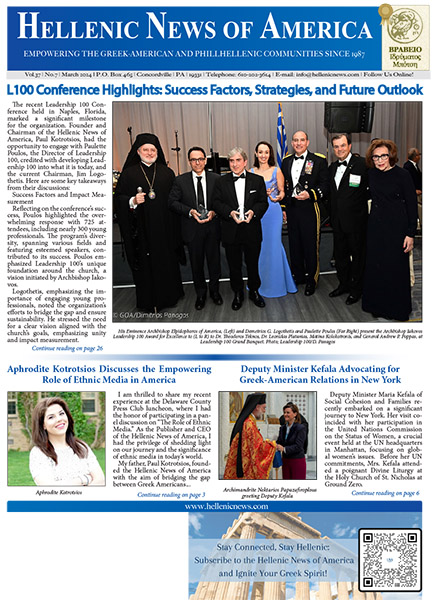On April 24, 1915, Ottoman authorities arrested 250 Armenian intellectuals and community leaders in Constantinople. They were sent to Chankri and Ayash (cities in central Anatolia), where they were later slain. For this reason, April 24 marks the beginning of the Armenian Genocide, where it is estimated between 1 and 1.5 million people were killed (https://www.armenian-genocide.org/). Many American cities, especially those with sizeable Armenian populations such as Boston, will be marking the 100th anniversary with prayer and vigil, but also the continued effort to have these mass killings recognized around the world as the first genocide of the 20thcentury (https://www.bostonglobe.com/metro/2015/04/22/centennial-genocide-sharpens-grief-for-local-armenians/wDHsRDW0LPfGJco5vBBPiO/story.html). Today in Yerevan, Armenia, the Armenian Church canonized the victims as saints.
The Ottomans also singled out other minority communities at this time, including the Greek Orthodox and Assyrian Christian. Many Greek Orthodox readers of this article may trace their roots to Anatolia and the population exchanges in the 1920s between Greece and Turkey.
Armenia was the first nation to adopt Christianity, in 301 AD, but Tradition holds that St. Thaddeus, one of the twelve Apostles of Christ, preached there in the first century. The Armenian Church did not accept the decisions of the Council of Chalcedon, 451, (the Fourth Ecumenical Council) and subsequent councils. This early schism in Christianity has yet to be reconciled, although great progress has been made in the last fifty years.
What do Armenian Christians believe? Space prohibits a detailed examination, but some brief statements (From Welcome to the Armenian Church, published by St. Vartan Press of the Diocese of the Armenian Church of America, Eastern), we find the following:
The faith, doctrine, and dogma of the Armenian Church are based on the Apostolic teachings, Holy Tradition, and the written Word of God.
The prime doctrinal dogma of the Holy Trinity defines God as One in three persons.
The Nicene Creed is the main statement of faith.
Only three church councils are accepted as ecumenical (Nicaea 325, Constantinople, 381, and Ephesus 431).
There are seven sacraments: Baptism; Chrismation; Eucharist; Confession; Marriage; Holy Orders; and Anointing of the Sick.
The Virgin Mary is venerated as the Mother of God.
Armenian and non-Armenian saints are commemorated throughout the year.
In the liturgical year, there are five major feasts: Nativity and Theophany (Jan 6), Easter, Transfiguration, Assumption of Mary, and Exaltation of the Holy Cross. These are the oldest of Christian liturgical feasts. For example, celebrating Nativity in December did not emerge in Christianity until the late fourth century in the Roman Empire. The Armenians, not being part of the Roman Empire, had no reason to adopt the holiday.
In the Divine Liturgy (the Badarak), the Church believes that the bread and wine truly become the Body and Blood of Christ. People receiving Holy Communion will fast before. The liturgy itself traces its origins to the 4th century and is attributed to St. Gregory Nazianzus.
As can be seen from these statements, there is a very close affinity between the Eastern (Greek, Russian, Antiochian, etc.) Orthodox and the Armenian Church (which is considered one of the Oriental Orthodox Churches, along with Coptic, Ethiopian and others). Since the 1960s, representatives of the two families of Orthodox Churches have been meeting regularly to heal the schism from the fifth century. In 1997, His All-Holiness Ecumenical Patriarch Bartholomew said about this relationship, “So often, we have seen that we hold the greater part of the theological tradition of our two Churches in common. That which unites us, is greater than that which divides us. Indeed, those things that divide us can be said to be external historical and human factors, which have hindered the rapprochement of our Churches. Certainly, difference of faith over even one teaching makes union impossible, but we hope that the correct and true acceptance of all the teachings of the undivided Church will be one day established.”
Anton C. Vrame, Ph.D.
Director
Department of Religious Education
Greek Orthodox Archdiocese of America
50 Goddard Avenue
Brookline, MA 02445
646-519-6300
617-850-1489 FAX







